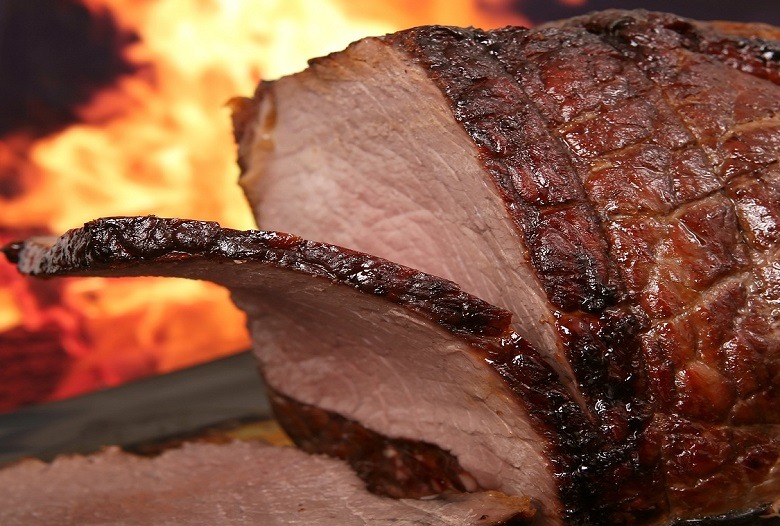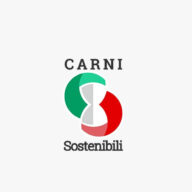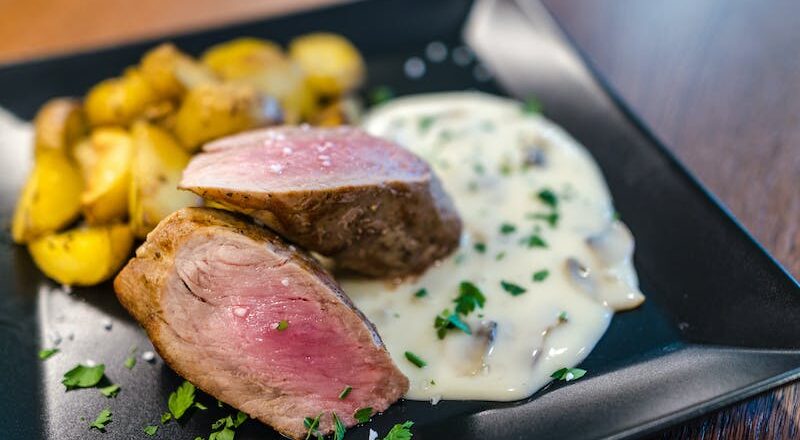
Meat, an excellent source of vitamins and minerals
Meat is an excellent source of several vitamins and minerals, essential micronutrients present in biochemical forms that make them easily assimilated. A 100 grams of red meat will provide around 25% of the recommended daily allowance (RDA) for riboflavin, niacin, vitamin B6 and pathogenic acid, and two-thirds for vitamin B12.
The chicken breast is a particularly good source of niacin (100 g will provide 56% of RDA) and vitamin B6 (27%), while 100 g of turkey breast provides 31% of niacin and 29% of vitamin B6. Meat is also one of the best sources of zinc, selenium, phosphorus and iron: the lean cuts from cattle provide around 37% of the reference selenium intake, 26% zinc and 20% of potassium in a portion of 100 g.
Lean red meat contains a number of vitamins and minerals that are important for all the stages of life. For some of these nutrients, meat could be defined as “source of” or “rich in”, using the European Union’s assessment, which is based on the recommended daily allowances (RDA). Food can be defined as a “source of” if they contain ≥15% of RDA per 100g for a particular vitamin or mineral, or as “rich in” if they contain ≥30% of the RDA.
Below you can see – through the content of red meat micronutrients, classified as a source of rich in (REGULATION CEN. 1924/2006) on nutrition and health claims made on foods – which nutritional indications a slice of red meat of a 100 grams could bring.
The SustainableMeat Project






